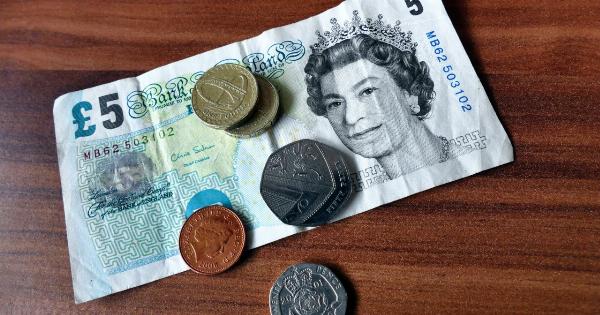Setting weight loss goals can be an exciting yet challenging process. Whether you want to shed a few pounds or embark on a major transformation, having a clear roadmap is crucial to your success.
In this article, we will discuss four essential steps that will help you achieve your weight loss goals and maintain a healthy lifestyle.
Step 1: Define Your Goals
The first step towards achieving your weight loss goals is to define what you want to accomplish. Setting precise and realistic goals will help you stay focused and motivated throughout your journey.
Make sure your goals are specific, measurable, attainable, relevant, and time-bound (SMART goals).
For example, instead of saying “I want to lose weight,” a SMART goal would be “I want to lose 10 pounds in the next two months by exercising regularly and eating a balanced diet.”.
Remember that everyone’s weight loss journey is unique, so create goals that are tailored to your body, lifestyle, and preferences.
Step 2: Create a Sustainable Diet Plan
Achieving weight loss goals requires a balanced and sustainable diet plan. Focus on incorporating whole foods such as fruits, vegetables, lean proteins, whole grains, and healthy fats into your meals.
Avoid crash diets or extreme calorie restrictions, as they may lead to short-term weight loss but are difficult to maintain in the long run.
Consider consulting with a registered dietitian or nutritionist who can design a personalized meal plan based on your nutritional needs and weight loss goals.
They can provide guidance on portion control, food choices, and strategies to overcome any potential obstacles.
Remember to stay hydrated by drinking an adequate amount of water throughout the day. Water not only helps in regulating your body’s functions but also aids in digestion, metabolism, and weight loss.
Step 3: Develop an Exercise Routine
Regular physical activity is essential for weight loss and overall health. Engaging in a combination of cardiovascular exercise, strength training, and flexibility exercises can help you burn calories, increase muscle mass, and improve your metabolism.
Find activities that you enjoy and that align with your fitness level. Whether it’s going for a run, joining a dance class, swimming, or practicing yoga, the key is to remain consistent and make exercise a regular part of your routine.
Start gradually and gradually increase the intensity and duration of your workouts. Consider seeking guidance from a certified personal trainer to ensure you are using proper form and technique, especially when performing strength training exercises.
Step 4: Stay Accountable and Track Progress
Staying accountable is crucial to achieving your weight loss goals. Keep track of your progress by creating a food journal, documenting your workouts, or using mobile apps that allow you to track your calorie intake and physical activity levels.
Additionally, having a support system can greatly enhance your journey. Share your goals with friends or family members who can offer encouragement and support.
Consider joining weight loss support groups, online communities, or hiring a weight loss coach who can provide guidance and keep you motivated.
Remember that setbacks and plateaus are a normal part of any weight loss journey. Don’t get discouraged if you experience temporary setbacks or fluctuations in your progress.
Focus on long-term sustainable changes rather than quick fixes, and celebrate small victories along the way.
Conclusion
Achieving your weight loss goals requires dedication, commitment, and patience. By defining your goals, creating a sustainable diet plan, developing an exercise routine, and staying accountable, you can overcome obstacles and reach your desired weight.
Remember to consult with healthcare professionals before making any significant changes to your diet or exercise routine.




























